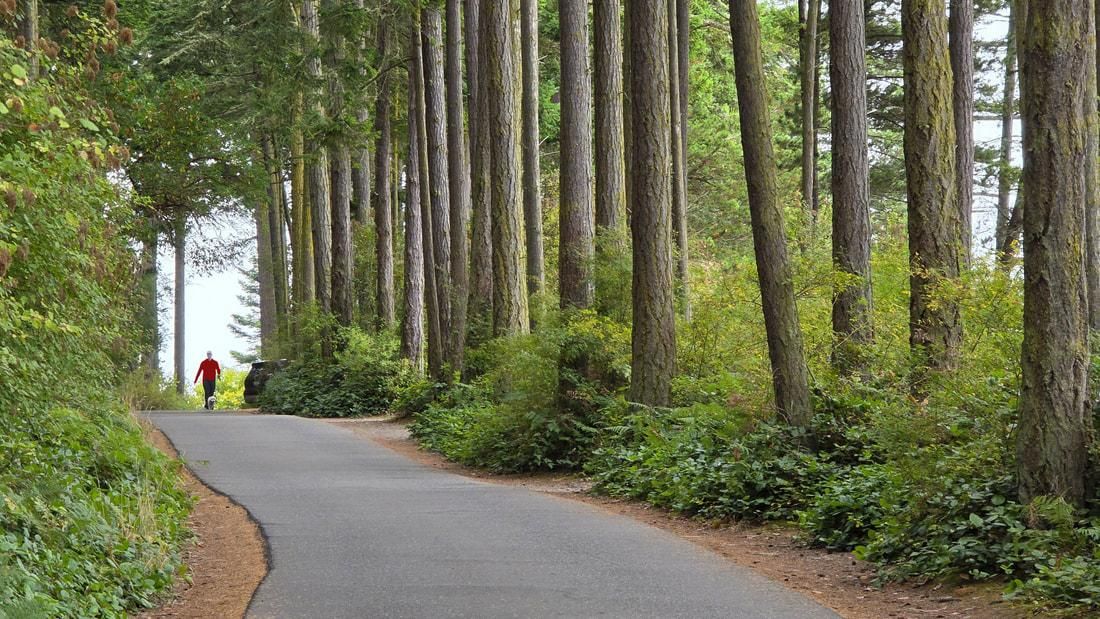I worked at Rocky Mountain National Park back in my college days, my boss liked to remind me of the Inverse “Distance from Road/ Number of Hikers” law. Basically, he said the farther you are from a car, the fewer people you will find. You see it at park trailheads, where the viewpoint you can drive to is swamped, but a short hike beyond will have fewer people.
When Kath and I visited the Maroon Bells near Aspen last year, the first mile of trail had hundreds of people. The second mile had hardly a quarter of that. And due to threatening weather, that is where we turned around, being part of that group that only went two miles from the car (or bus, in this case). And dozens of hikers went to lakes and adventures far beyond.
It’s all good. We all have different goals, needs, situations, abilities, and interests when it comes to outdoor recreation. Some people have all day, some just a few minutes. Sometimes we look for wilderness, sometimes just a hike to stretch our legs, sometimes a tailgate party with friends.
This past Sunday was hazy, the sun hiding somewhere in the wildfire smoke from the Olympics, but it was still warm for the first weekend of September. Kath and I went to Washington Park to stretch our legs and spend some time in the woods. The parking areas were all nearly full. The picnic shelters overflowed with parties and gatherings of all kinds. Food and smiles abounded. Music and laughter flowed all around us. Kids ran around as adults talked grown-up stuff with a cup in their hands. Kayakers and motorboaters filled the launch and offshore waters.
We walked past Sunset Beach onto the roadway heading west, passing a very full campground. A few cars drove around us, while hikers, mostly adults, and most of them with dogs, strolled the roadway. Murphy enjoyed greeting several of them. A handful of folks looked out over the water at Green Point, and every roadside bench had a couple sitting and enjoying the view.
We took a side trail off the road at this point and freelanced our way up and south, through the dense north-facing woods that change quickly into more open forests near the west end of the park, and then into open grasslands with scattered juniper and madrone facing south.
We found a short connector trail between trails 510 and 516 that is closed because of a huge hornet nest hanging in a tree above the trail. See the picture below for the exact location. We just skirted around it on the detour route.
We wandered on, embracing the beauty of so many trails through this treasured park, taking turns at various junctions almost at random to see where we ended up.
Somewhere in the middle of the open woods, I looked at Kath and said, “Do you hear that?”
She listened intently for a little bit, then looked at me quizzically, as if to say, “No, I hear nothing.”
“Exactly,” I whispered. For one moment in the deep woods of Washington Park, on this beautifully busy Sunday afternoon, we heard not a sound. We savored the moment. Eventually, a lone Douglas squirrel interrupted the silence.
Dropping down through more trails, we entered the Ewok forest near the east end of the park. A lone jogger moved past us silently. As we circled back toward Sunset Beach, I asked Kath, “Did we pass anyone on the trails today other than that jogger?”
She thought back over our hike. “No one,” she replied.
Somewhere, my long-ago boss nodded knowingly.
Directions
Directions: From Highway 20 at 12th and Commercial in Anacortes, go west on 12th/Highway 20 four or five miles to the end of the road at Washington Park
By Bus: the nearest Skagit County bus stop is at Sunset and Skyline, a half mile from the park entrance.
By Bike: the road to the park is narrow but with a decent shoulder most of the way once you get west of D Avenue. Traffic can be heavy at times, at 30 mph (supposedly); and the roadway is rolling but not steep, until you come back toward town.
Mobility: There is just about every option available in Washington Park, from paved flat roadway (closed to cars before 10 a.m.) to rock scrambling trails and everything in between.
Republished with permission. Read the original article.
